Osamu Moriguchi is a famous sculptor in Japan. In 2007, he started specializing very realistic miniature cat sculptures. He has produced many prototypes for Kitan Club’s Nature Techni Colour line. His first cats produced for them was the Cat Magnet & Strap collection in 2012 (which interestingly was reissued just last year by Ikimon).
Brand: Kitan Club/Ikimon
Acorn Woodpecker (Woodpecker Action & Magnet Figure Collection by Kitan Club)

I officially started birding in late January, 2021. One of my first ventures up City Creek Canyon, the canyon immediately behind my neighborhood in the foothills of Salt Lake City, Utah, was in mid-March of that year. As I was walking up the canyon, two birders were coming down the canyon and asked me, ‘have you seen it?’ Now, for those of you that are not birders, when you are in the field and a fellow birder asks ‘if you’ve seen it’, the ‘it’ is usually something rare that’s been reported in the area, and it’s assumed that if you are birding in that spot, you are there to see ‘it’.
Elephant Shark (Art in the Pocket – Sunshine Aquarium by Kitan Club)
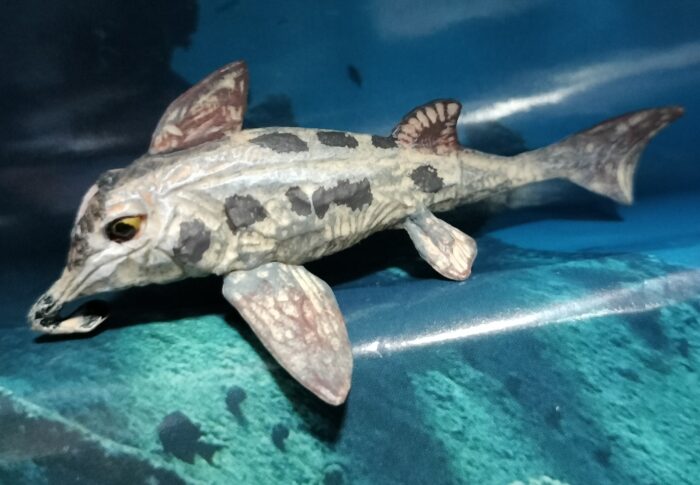
Review and images by JimoAi; edited by bmathison1972
Holocephali was once a diverse group of fish, emerging in the Devonian and lasting until the present. They were once more diverse, occupying a lot more niches, including apex predators, but modern members are mostly restricted to the deep sea. Eugeneodontids are one of the more well known group amongst general audiences, as it includes the famous Heliocoprion and related genera like Edestus, which in many depictions are shown to have a shark-like body plan despite only being distantly related.
Jellyfish Collection (Nature Techni Colour by Ikimon)
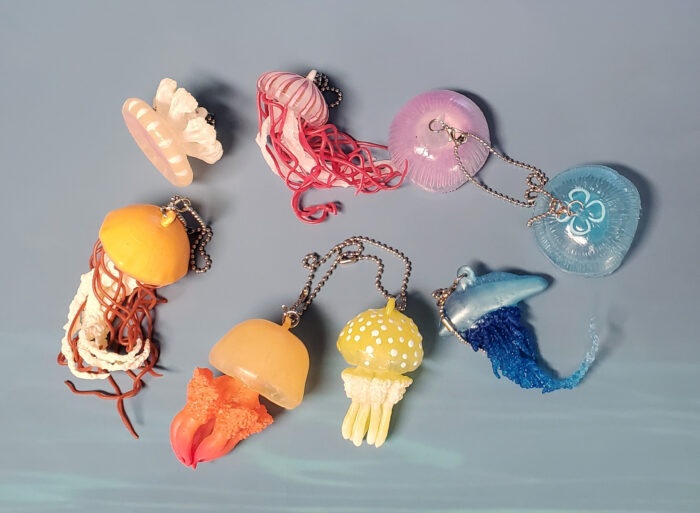
In 2010, Kitan Club released a set of 8 jellyfish (well, technically 6 scyphozoans and 2 hydrozoans) in their Nature Techni Colour line. These figures were advertised as ‘soft strap’, meaning they were soft and rubbery and had a strap attached to the top of the bell (disc) so they can be dangled from hooks or other support or worn on keychains, etc.
Ocellaris Clownfish (Nature Techni Colour: Toba Aquarium by Kitan Club
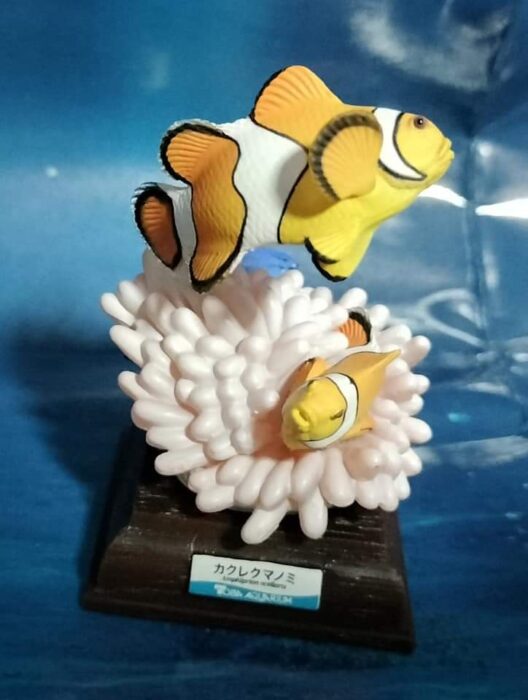
Review and images by JimoAi; edited by bmathison1972
In a lagoon within the Great Barrier Reef, the little residents are out and about their colorful home doing what animals do to survive: eat, socialize, adjust to changes, reproduce, and not get themselves eaten. What appears to be a ball of hair is one of the more predatory residents: the sea anemone.
Backside of the Rays (Kitan Club)

Review and images by JimoAi; edited by bmathison1972
Japan has produced many well made animal figures for both accurate and for comical situations, like animals at work or sleeping animals. In these scenarios, it’s usually land mammals that get these treatment, but occasionally reptiles, birds, and fish will join the roster.
Dung-rolling Scarab (Dung Beetle with Sound While Rolling the Ball by Kitan Club)
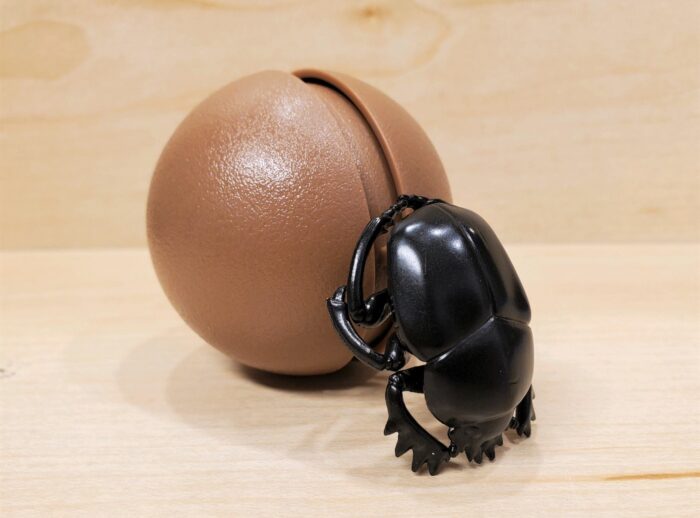
Yes, that is the name of the collection…
The Great Pyramids of Egypt. What was their grand purpose and influence? Merely grandeur tombs for Egyptian royalty? Conduits for alien visitors? A regeneration site for En Sabah Nur? Or maybe they are just giant piles of cow sh*t! Yes, really! Ever notice how a pyramid is shaped like a cascading pile of cow dung?
Barnacles (Nature Techni Colour by Kitan Club)
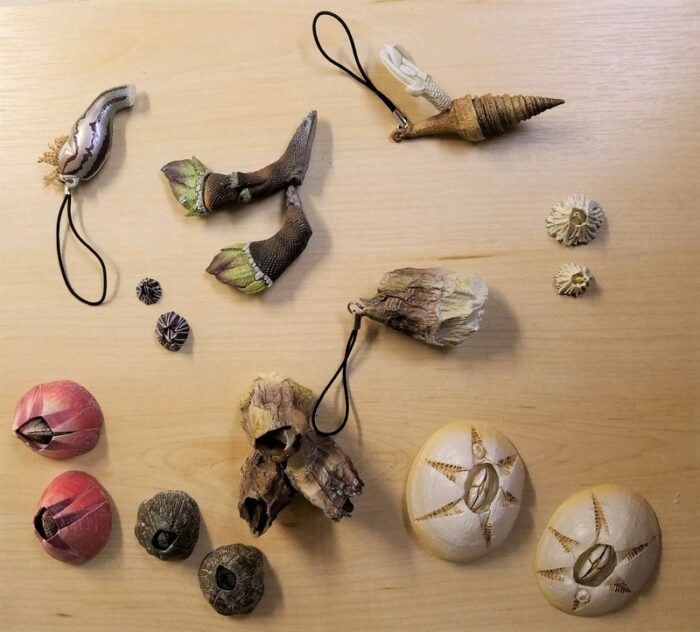
Today we will be looking at the complete Barnacles collection that was released by Kitan Club in 2012 as part of the Nature Techni Colour line. The set features 18 figures representing nine species of barnacles. The figures are either magnets, ‘strap’ figures, or are pins designed to be work on clothing or backpacks.
Giant Deep-sea Isopod (Nature Techni Colour by Kitan Club)
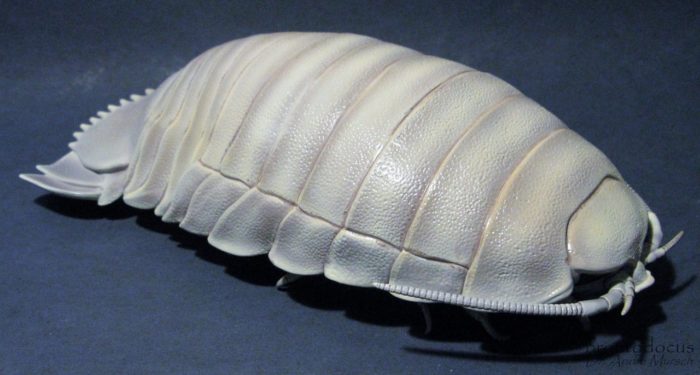
Review of the Kitan Club Nature Techni Colour Giant Isopod, Bathynomus giganteus, Milne-Edwards, 1879. The figure was released in late December 2014. Bathynomus giganteus is the largest known species of isopods although it has been considered that other species within the same genus may rival it in size.
Pacific Oyster (Nature Techni Colour: Nature of Japan Vol. 1 by Kitan Club)

Shortly before the Nature Techni Colour line was taken over by Ikimon, Kitan Club released three sets (volumes) under the title Nature of Japan. Each set features 10 figures representing animals, and in rare cases plants or geological structures, of Japan. Here we visit one of the figures of the first set, the Pacific oyster (Magallana gigas).




